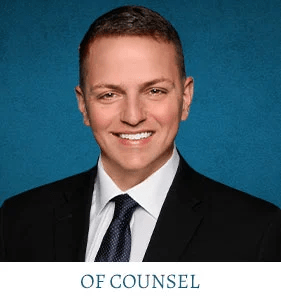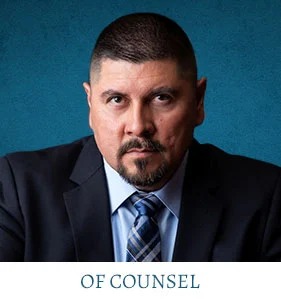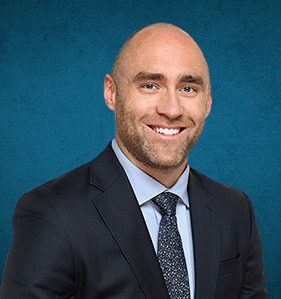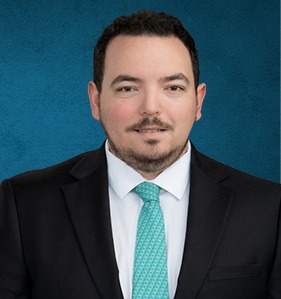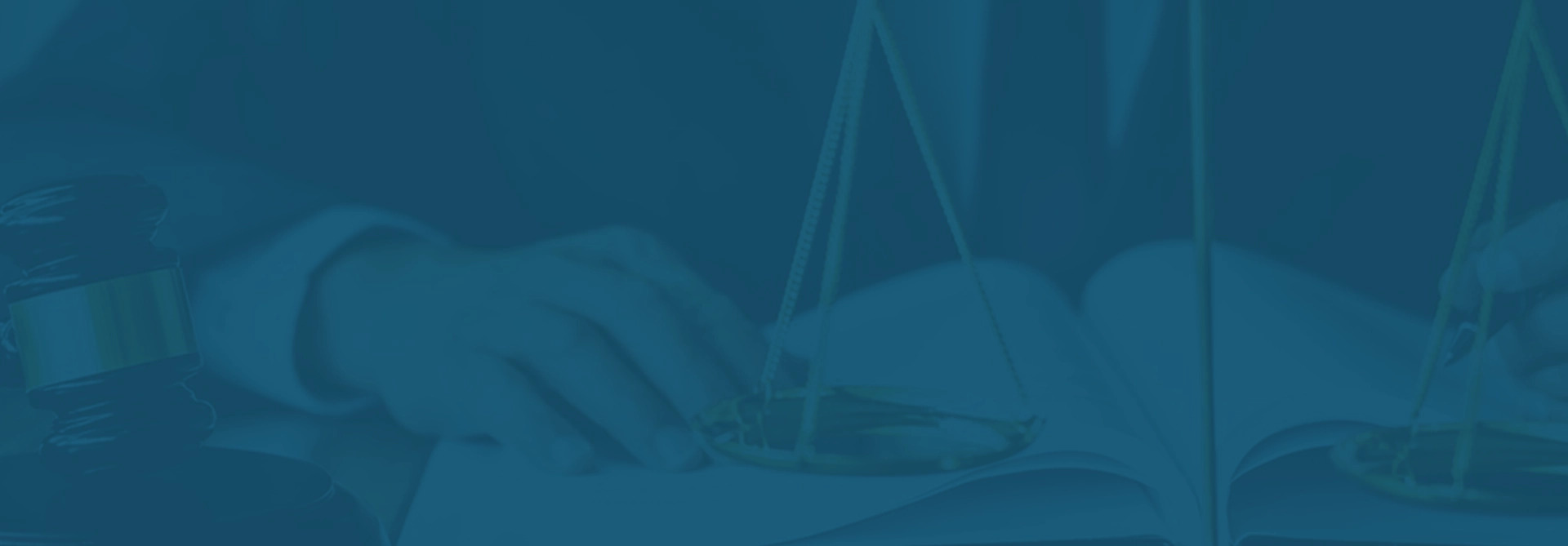CALL (800) 863-5312 TO SPEAK WITH A CAR ACCIDENT LAWYER FOR FREE
If you escape a car accident without any bodily harm, you should consider yourself lucky. Though most damage to a car can be fixed, many bodily injuries from a car accident do not fully heal no matter the number of hospital visits.
If you or your loved one has suffered an injury from a car accident, you may be entitled to compensation. Call Zinda Law Group at (800) 863-5312 for a free consultation with one of our car accident lawyers.
What Should I Do If I Have Neck Pain After a Car Accident?
Though you should treat any pain after a car accident with alarm, you should pay special care to pain in the neck as neck pain can be a sign of something more serious. Below are some steps you should take if you have pain in your neck.
Seek Medical Attention
Neck pain after a car accident is often caused by whiplash. Whiplash can occur when certain parts of your neck suffer damage due to a car accident. The damage occurs when the neck moves in an intense back and forth motion as a result of the force of impact from the car that hits yours. Some of the symptoms of whiplash include the following:
- Pain
- Muscle spasms
- Decreased range of motion
- Headache
- Stiff neck
- Fatigue
- Anxiety
- Memory disturbances
If you have any of the above symptoms, be sure to get medical attention as soon as possible. In most cases, a doctor will be able to figure out if you suffered whiplash by taking an X-ray or an MRI. However, please note that the injury may not be visible even with the help of medical technology. You may have to simply reply on the symptoms you are experiencing to determine if you suffered from whiplash or not. Keep in mind that you may not experience any symptoms from a car crash until hours or even days after an injury.
Document the Incident
Document evidence from the scene of the accident if you are safely able to do so. Though the police will generally write a report of the accident, you may want to conduct your own investigation. For all the drivers involved in the accident, be sure to get their name, address, license number, plate number, and insurance information. If a driver involved in the accident was driving for an employer at the time of the accident, you should obtain the name and contact information of the driver’s employer as well. This is because an employer is often vicariously liable for its employee’s accident even if the employer had no role in causing the accident.
Because witness testimony is often very important in car accident cases, you should also look around your surroundings upon an accident for any witnesses. If there were witnesses to the accident, you should get the names and contact information of the witnesses. If any of the witnesses took photographs or video recordings of the accident, ask them for copies. If you have a camera at the scene of the accident, take some photographs of the scene.
Talk with a Lawyer to See if You Have a Claim
Talking with a lawyer can be very beneficial if you plan to file a lawsuit or file an insurance claim. An experienced car accident lawyer may advise you on how to proceed with your claim by highlighting the strengths and weaknesses of your claim. An attorney may also conduct an investigation into the accident, negotiate with insurance companies on your behalf, and, if necessary, fight for you in front of a judge or jury.
Common Reasons for Neck Pain After a Car Accident
There are many reasons why you may have neck pain after a car accident. Below are a few of those reasons.
- Being hit from behind by another car
- Having a history of neck pain
- Being hit when your car is stopped
- Having tight muscles in your neck due to certain environmental factors such as working in a sedentary position for most of the day
Some Ways to Relieve Neck Pain
Though a doctor may give you anti-inflammatory medicine or muscle relaxants, you can also engage in certain exercises to relieve pain. Though it may seem counterintuitive since you injured your neck due to a violent motion, you will want to engage in neck exercises to help your neck get back into shape. Rotating your neck from side to side, rolling your shoulders, and moving your neck forwards and backward a few times per day can help alleviate the pain.
How Do I Know I May Have a Claim?
Whether you have a car accident claim generally depends on two factors: liability and damages.
Another party may be liable for your damages if they caused, or contributed to, the accident. Though each state handles comparative fault differently, you generally will not have a successful claim if the accident was completely your fault. For example, you can probably not recover damages if the accident occurred solely because you ran a red light.
In some cases, a car accident may be caused by weather or other extraneous factors, not the parties involved in the crash. For instance, if extremely high winds sweep one car into another car, then it may be difficult for either party to sue one another. However, just because the accident was weather-related does not mean that it would be impossible to have a viable lawsuit. If the weather is poor due to extreme rain, but a driver decides to speed and crashes into another car, the driver who is struck may have a claim against the speeding driver because they were behaving unreasonably under the circumstances.
Even if you were at fault for the accident, you may still be able to file a claim if you were only partially at fault. States generally use one of three systems to determine fault. The following are the three types of systems.
Modified Comparative Negligence
The modified comparative negligence system of determining fault is the most common system in the United States. In the modified comparative negligence system, the parties share the fault proportionally. For example, imagine that a plaintiff was 30% at fault for an accident because she was texting while driving at the time the vehicle that crashed into the plaintiff was running a red light. In this case, the defendant in the case could argue that the plaintiff was somewhat at fault for the accident so the compensation that she receives should be reduced by that amount. For instance, if the plaintiff was to be awarded $100,000, she would be awarded $70,000 since she was 30% at fault ($100,000 – $30,000).
In a modified comparative negligence system, as long as the accident victim is below a certain threshold of fault, he or she may be able to recover some amount of compensation. The threshold varies among the different states. Some states, like Illinois, require accident victims to be 50% or less at fault to recover compensation, while some states, like Colorado, require accident victims to be less than 50% at fault to recover compensation.
Pure Comparative Negligence
In the pure comparative negligence system, there is no threshold requirement for the accident victim to meet to be awarded compensation. As long as the defendant in the case is at fault for the accident, then the plaintiff may be awarded compensation. For instance, if a jury or judge finds that the plaintiff was 99% at fault and the defendant was only 1% at fault for the accident, the plaintiff would still be awarded compensation. Though in such cases, you probably would not want to file a claim since receiving 1% of your damages may not be enough to make up the legal expenses involved.
Contributory Negligence
Contributory negligence is the least desirable for plaintiffs who wish to file car accident claims. Very few states utilize the contributory negligence system. Those states are Alabama, Maryland, North Carolina, and Virginia. The contributory negligence system simply states that if an accident victim had any fault in causing the accident and the defendant can prove that the accident victim was at fault, the accident victim is denied any form of compensation. If a driver was only 1% at fault for an accident, he or she would be barred from filing a car accident claim.
To prove that an accident victim was at fault, the defendant must show that the victim was negligent, or in other words, they failed to protect their own safety and the safety of others. An example of negligence in the context of a car accident is an accident victim who was rear-ended because she was changing lanes erratically.
CONTACT A NECK PAIN INJURY LAWYER
The experienced car accident lawyers at Zinda Law Group may be able to help you if you have neck pain after a car accident. Allow us to fight for you while you focus on your physical recovery. We believe our clients shouldn’t have to worry about affording legal representation, which is why we work on a contingency fee basis. You don’t owe us anything unless we win your case. That’s our No Win, No Fee Guarantee.
Call us today at (800) 863-5312 for a free consultation with one of our car accident lawyers.
Meetings with attorneys by appointment only.












